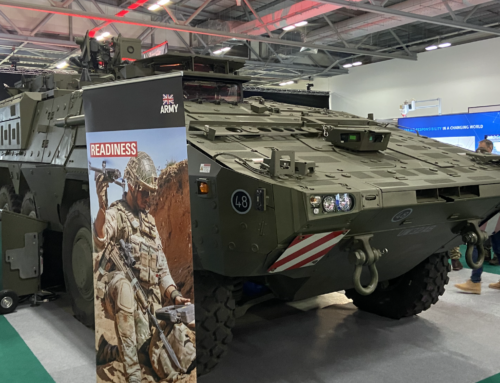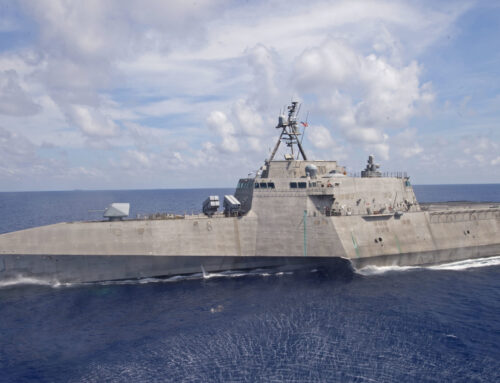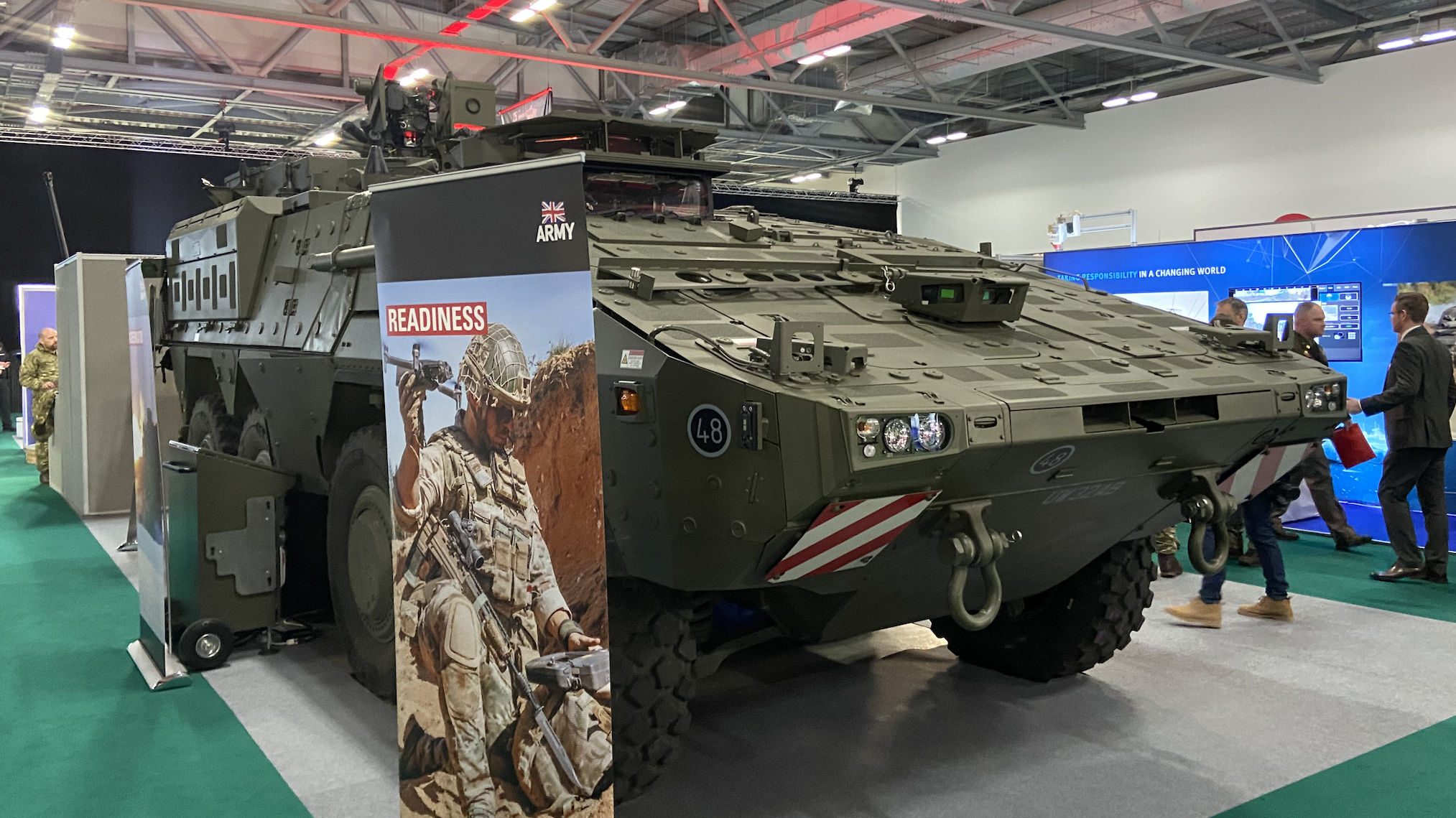Concept art of a Barracuda-class submarine by France’s Naval Group. (Naval Group)
BELFAST — The Netherlands and French shipbuilder Naval Group signed a delivery agreement today for four new Barracuda-class, diesel-electric submarines, under the Replacement Netherlands Submarine Capability (RNSC) program.
“The signature of the Delivery Agreement marks the start of the program for the replacement of the Walrus-class submarines currently operated by the Royal Netherlands Navy, following a thorough evaluation and bidding process conducted by the Materiel and IT Command (COMMIT) on behalf of the Netherlands Ministry of Defense,” said Naval Group in a company statement.
Gijs Tuinman, Dutch state secretary for defense, and Pierre Eric Pommellet, CEO of Naval Group, signed the delivery agreement, which formally kickstarts the Orka-class program, during a ceremony held at the Directorate of Material Maintenance in Den Helder.
The manufacturer did not disclose a contract value but a letter shared by the Netherlands Ministry of Defence with lawmakers, previously valued an “investment budget,” covering construction of the four vessels and other costs up to 2039, at €5.6 ($6.2 billion).
The four submarines are to be named Orka, Zwaardvis (Swordfish), Barracuda and Tijgerhaai (Tiger shark).
The Barracuda design was initially selected by The Hague in March, ahead of Sweden’s Saab Kockums Expeditionary Submarine C718, based on the A26 Blekinge-class, and Germany’s class 212CD E from ThyssenKrupp Marine Systems (TKMS). The first French Barracuda-class submarine, Suffren, entered service in 2022.
Binnen 10 jaar levert de Franse Naval Group de toekomstige Zijner Majesteits Orka en Zwaardvis. Daarna volgen de Barracuda en Tijgerhaai. De leveringsovereenkomst van de 4 onderzeeboten is vandaag officieel met handtekeningen bekrachtigd ▶️ https://t.co/vUhR1DWoRU pic.twitter.com/aJiZTxXM3l
— Koninklijke Marine (@kon_marine) September 30, 2024
The Orka-class submarines are set to be built in Cherbourg, France, with the first two expected to be delivered “within 10 years” of the delivery agreement being signed, said the Netherlands Ministry of Defence in March.
It noted at the time that the inclusion of US Tomahawk cruise missiles will “increase striking power,” while the integration of modern sensors and communication systems also opens an opportunity to better “gather, analyse and share intelligence,” compared to legacy Walrus-class boats.
“The threat is increasing all around us,” said Tuinman, in a translated, Netherlands Ministry of Defence online statement. “We are investing heavily in our striking power and our contribution to NATO. We do this based on the conviction that a credible deterrent is the best defense. We prevent war by preparing for it.”
Earlier this month Naval Group and the Netherlands Ministry of Economic Affairs signed an industrial cooperation agreement (ICA) in support of the RNSC program, committing the shipbuilder to collaborate with “numerous key Dutch companies and knowledge institutes over a period of twenty years,” added the French firm.
“This plan involves Naval Group’s network of Dutch partners on key systems and components, ensuring that the Netherlands ecosystem develops and retains expertise and involvement over the submarine life cycle.”
The Netherlands Ministry of Defence added that “approximately €1 billion” will be spent with local industry as part of the ICA.











